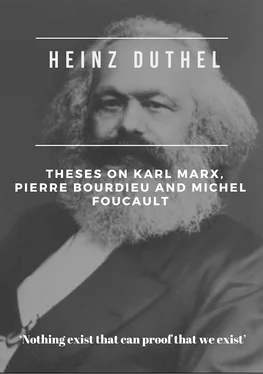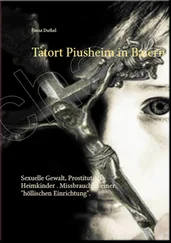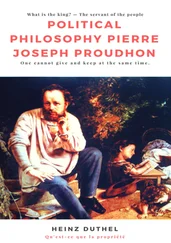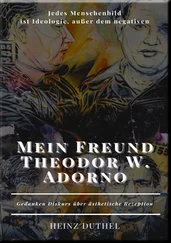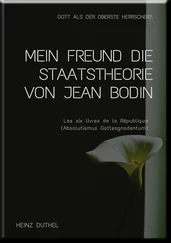Domination is not the same as “systematically distorted” structures of signification because domination - as I conceive of it - is the very condition of existence of codes of signification. “Domination” and “power” cannot be thought of only in terms of asymmetries of distribution but have to be recognised as inherent in social association. Thus - and here we must also reckon with the implications of the writings of Foucault - power is not an inherently noxious phenomenon, not just the capacity to “say no”; nor can domination be “transcended” in some kind of putative society of the future, as has been the characteristic aspiration of at least some strands of socialist thought.
[Giddens, 1984 #134, pps 31 - 32]
Anthony Giddens’ development of structuration theory is an attempt to overcome the dualism in the agency/structure dichotomy by “squashing together structure and agency into one tightly-constituted amalgam” [Willmott, 1999 #729, p 7]. The problem with such an approach is that it leaves the effects and interplay between structure and agency as indistinguishable, and “we are left with an unfortunate but ineluctable conflation of structure and agency” [Willmott, 1999 #729, p 7]. To overcome such a conflation we could opt for the alternative approach of “analytical dualism” [Willmott, 1999 #729, p 7], an approach which does not assume some primacy or determinism inherent in structure, but seeks to develop a social ontology capable of uncovering determinants and influences that act between the social and the individual leading to a dialectical and dynamic constitution of both self and society.
My interest in this chapter is to present a view of how people might be driven to operate and interact with each other and therefore structure their social relations; how individuals, personalities and subjectivities are formed and how they coalesce, conflict and interweave to sustain capitalist social relations, which in turn constitute the relations of production. In order to do that I begin by looking at how we ‘think’ in the sense of how we come to think about and structure what we do which then leads us to do what we do in relation to others. This is not going to be a psychological study however, but an exercise in looking for how we can conceptualise the social theoretical frameworks through which individuals operate. There is a significant area of research in the “Teacher Thinking” literature which looks at the structure of teachers’ knowledge, which is helpful in identifying teachers’ conceptual and cognitive structures. For my purpose, I find it limited in its application by not being located in a social or political context, nor is the social structure of society a contributory factor. What we need is to “penetrate beyond the discourses and consciousness of human actors to the conditions and foundation of their day-to-day experiences” [Giroux, 1983 #15, p144]. In this study, I wish to shift the locus classicus toward the motor driving force of society. Concepts that will be useful here are therefore habitus, ideology, and the nature of discursive. These I look into in some detail in this chapter.
3.2 Operationalising the Habitus
But a man hears what he wants to hear and disregards the rest.
(Paul Simon and Art Garfunkel, “The Boxer”)
Men make their own history, but they do not make it just as they please, they do not make it under circumstances chosen by themselves, but under circumstances directly encountered, given and transmitted from the past.
[Marx, 1852 #81]
Nancy looked at them enviously. It must be great to have such an easy way of going on. It was a kind of shorthand in professional families, she noticed, they could all talk to each other at the drop of a hat. She felt a twinge of annoyance that her father, long dead, had been a postman and not a lawyer. The annoyance was followed by a stronger twinge of guilt. Her father had worked long and hard and had been pleased to see them all do well at their books and get secretarial or clerical jobs.
(Maeve Binchy, The Lilac Bus)
In this section I present my rationale for using Pierre Bourdieu’s habitus and the approach I adopt in working with it to elaborate the organisational structure of teachers’ thinking. The habitus forms a central plank of my theoretical and methodological framework in this Study and I offer a four-fold operationalisation of it that can help us come to an understanding of human agency and practice. Because one aspect of the habitus is embodied social structure, it forms a coherent bridge between a structuralist analysis of society on the one hand and human practice on the other. The other aspects of the habitus (dispositions, structuring and symbolic violence) similarly indicate ways in which I can develop a framework for analysing teachers’ professional discourse to uncover the practical logic therein.
3.2.1 Introduction
I will begin with a consideration of the significance and operationalisation of the habitus – a more generalised construct than Basil Bernstein’s ‘code’ which has really only been operationalised in educational settings [Harker, 1993 #526, p 173]. We do need to consider the generative grammar of educational practices and such a generative grammar is offered by Pierre Bourdieu’s habitus, which avoids the determinacy of Basil Bernstein’s code through the paradoxically useful indeterminacy of the logic of human practice [Bourdieu, 1990 #38, p 77]. Crudely (and possibly unhelpful brief) the habitus is embodied social structure and thus it is a notion that transcends the dichotomy and distinction between structure and agency. Social structure becomes embodied by our socialisation and consequently social practices, our relations and interactions thus give effect to and sustain these underlying social structures.
In this section, I will address what I see as the significant elements of the applicability of the habitus in deconstructing teachers’ understandings. These are: the habitus as the embodiment of social structure, the habitus as habit and dispositions, the habitus as a structuring device and the habitus as symbolic violence. These form the elements in the agency-structure symbiosis characteristic of my operationalisation of a Bourdieuian approach and are fundamental elements in the framework I am constructing in this chapter. I will look at each of these in turn. It needs to be borne in mind that the habitus is not only a sociological construct for conceptualising and theorising the nature of human practices. It is also a method for analysing and describing those practices and understandings held by practitioners.
3.2.2 The habitus as the embodiment of social structure
Pierre Bourdieu uses the habitus to replace ‘rules’ with a strategic “feel for the game” [Bourdieu, 1990 #38, p 9]. Rogers Brubaker sees the habitus as important within sociology because it represents:
the system of dispositions that mediate between inert structures and the practices through which social life is sustained and structures are reproduced or transformed.
[Brubaker, 1985 #332, p 758]
So conceptually, the habitus is Pierre Bourdieu’s approach to theorising how people enact and embody dominant ruling ideas as well as in transforming and adapting them. Aaron Cicourel refers to this aspect of the habitus too:
Studies of socialisation have for the most part ignored Bourdieu’s distinctive way of calling attention to how power or forms of dominance are reproduced in settings like the family and the school such that they have lasting effects on future behaviour and the way in which dominant groups sustain themselves. Neither however have Bourdieu nor most students of socialisation, language development, and educational processes examined the local ways in which a habitus reproduces dominant beliefs, values and norms through the exercise of symbolic power and by bestowing cultural capital; in particular, the way children perceive, acquire, comprehend and implement power. Bourdieu’s notion of habitus, however provides a powerful tool for examining domination as everyday practice; but this notion must be cognitively and linguistically documented.
Читать дальше
